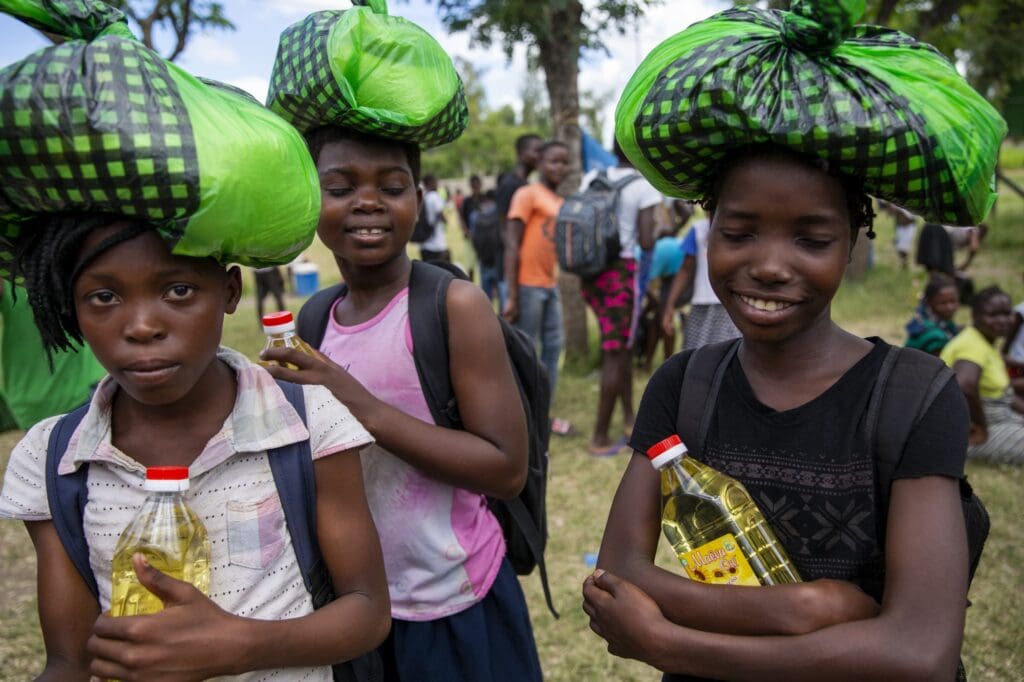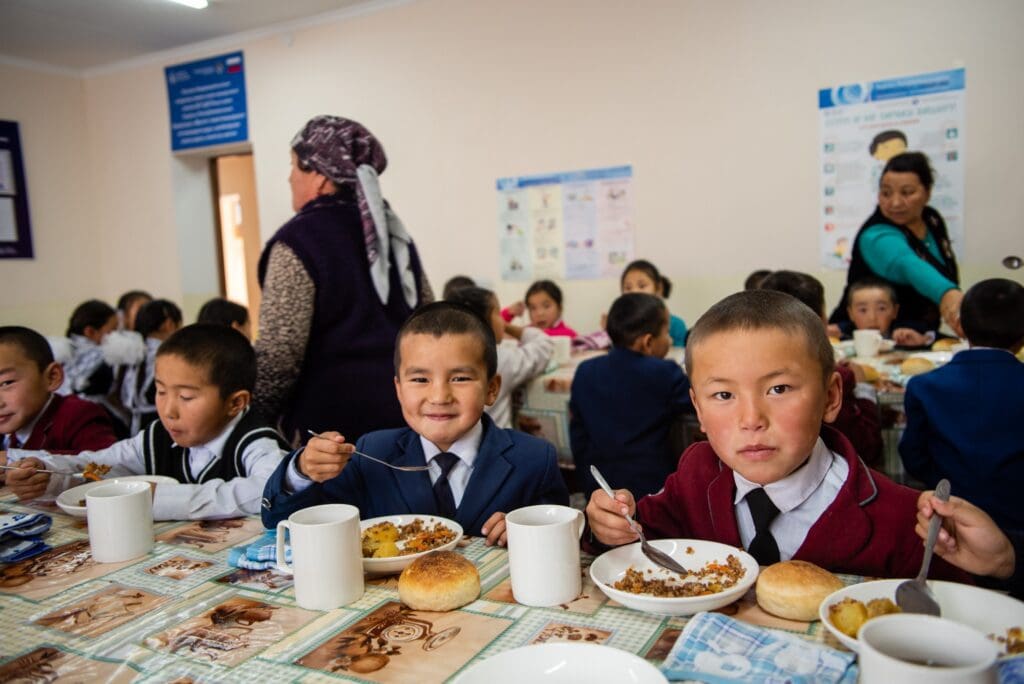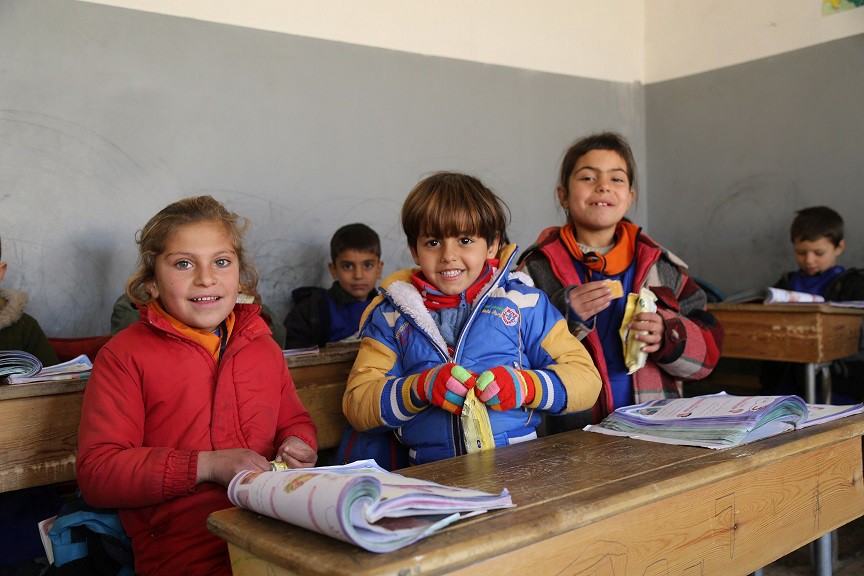Schools, Health and Nutrition — Why Coronavirus Demands a Rethink of Education

By Carmen Burbano, Director of School Feeding at the World Food Programme. Originally published on WFP’s Insight.
Last year, António Guterres, the Secretary-General of the United Nations, warned that with 250 million school-age children out of school, the world was “facing a learning crisis.”
One year on, with the coronavirus pandemic in full swing, he says, we face a “generational catastrophe that could waste untold potential, undermine decades of progress and exacerbate entrenched inequalities.”
To avert this threat, we need to reimagine how we deliver good quality and inclusive education. This starts with expanding the concept of ‘education’ itself to include the wellbeing of children, which in turn calls for urgent and substantial investments in school-based health and nutrition services.
By mid-April, COVID-19 pandemic related lockdowns were keeping a staggering 94 percent of pupils worldwide out of school. These children were immediately deprived of their education, but not that alone. It is at school that children, especially the poorest, get vital nutrition and health support which allows them to learn. In the poorest communities, schools are among the most important structures of family cohesion and support.

Free meals inspire parents to make sure their children attend schools such as this one in the village Dyikan, in Kyrgyzstan.
Schools are where poor families access support and incentives, both financial and non-financial, aimed at addressing structural inequalities. Since April, about 370 million children have missed out on meals and essential health services. Without the school platform, and without the access to health and nutrition programs, issues like hunger, poverty and malnutrition are exacerbated for hundreds of millions of children and their families, affecting their chances of ever recovering from the COVID-19-induced crisis.
This issue has touched all of us and our families, regardless of where we live. Recently, it was brought under media spotlight through Manchester United player Marcus Rashford’s call on the UK government to deliver school meals to British schoolchildren while classes were suspended.
In fact, more than 70 countries have adapted their programs to continue supporting children during school closures through take-home rations, vouchers or cash transfers. The United Nations World Food Programme (WFP) has reached 6.9 million children in 45 of the poorest countries. This logic needs to be adopted by the whole education sector while planning to re-open schools. For this reason, the U.N. World Food Programme and UNICEF have partnered to advocate for a safe reopening of schools in the poorest countries and to reach 10 million of the most vulnerable children with health and nutrition packages.
When children don’t have access to a nutritious meal, learning becomes more difficult. Hunger and nutritional deficiencies will also make it harder for children to return to class after lockdown: Current estimates indicate that 24 million children will never return to the classroom, with girls disproportionately excluded.
Today, faced with the risk of losing millions of students in the classroom, global leaders are coming together in a campaign to #SaveOurFuture and demand that we shore up the necessary funding and policy changes to go beyond repairing the pre-pandemic status quo, and actually rebuild a better education system.

Fortified date bars provide one-third of the nutrition these children in Aleppo, Syria, need each day.
Only by investing in the learning and in the learner, and injecting resources in school and nutrition programs will we be able to ensure that a whole generation of the most vulnerable children are not left behind. School is a place where a community and a child’s broader needs are addressed — and I would urge us all to keep that lesson in mind as we defend the UN’s Sustainable Development Goal 4 in this unprecedented crisis.
We need to pursue a collective effort to protect the return to a safe school environment with improved education infrastructure, data systems and school health and nutrition services.
Many children received elements of an integrated package of school health and nutrition before the crisis, but these interventions rarely reached the poorest and most vulnerable — those who needed them the most. They are now more important than ever because they not only mitigate against hunger but also provide powerful incentives for parents to re-enroll children in school.
As we stare down the barrel of the steepest recession in modern history, let’s consider the trillions to be gained from this sort of investment in human capital, especially girls’ education. School is a place where a community and a child’s broader needs are addressed. Redefining the meaning of ‘education’ in these terms could be game-changing. Failing to do so will indeed be catastrophic.
As the world’s largest provider of school meals, we’re making sure kids and their families get the food they need, working with governments on alternatives like take-home rations, home food delivery and more. You can support this crucial work by learning more about our school meals program here and by donating now to help us feed the world’s hungriest children.




